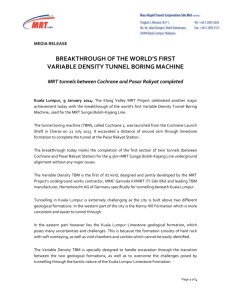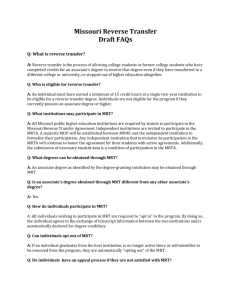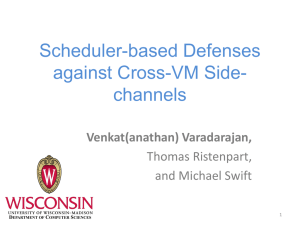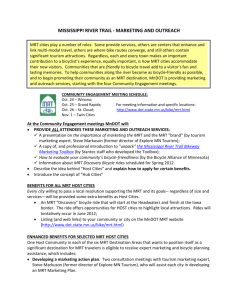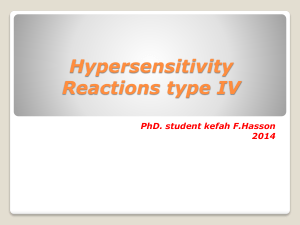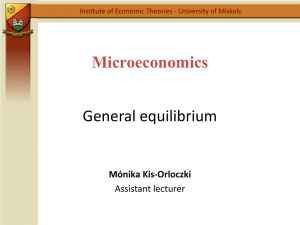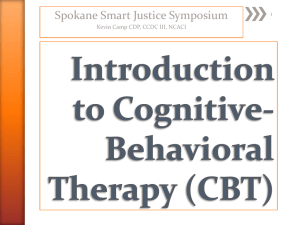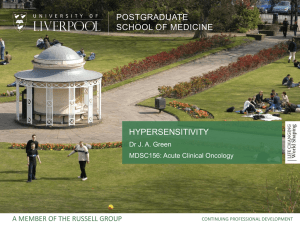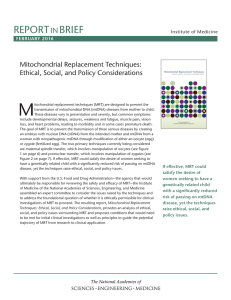Mediator Release Test – Principles and method
advertisement
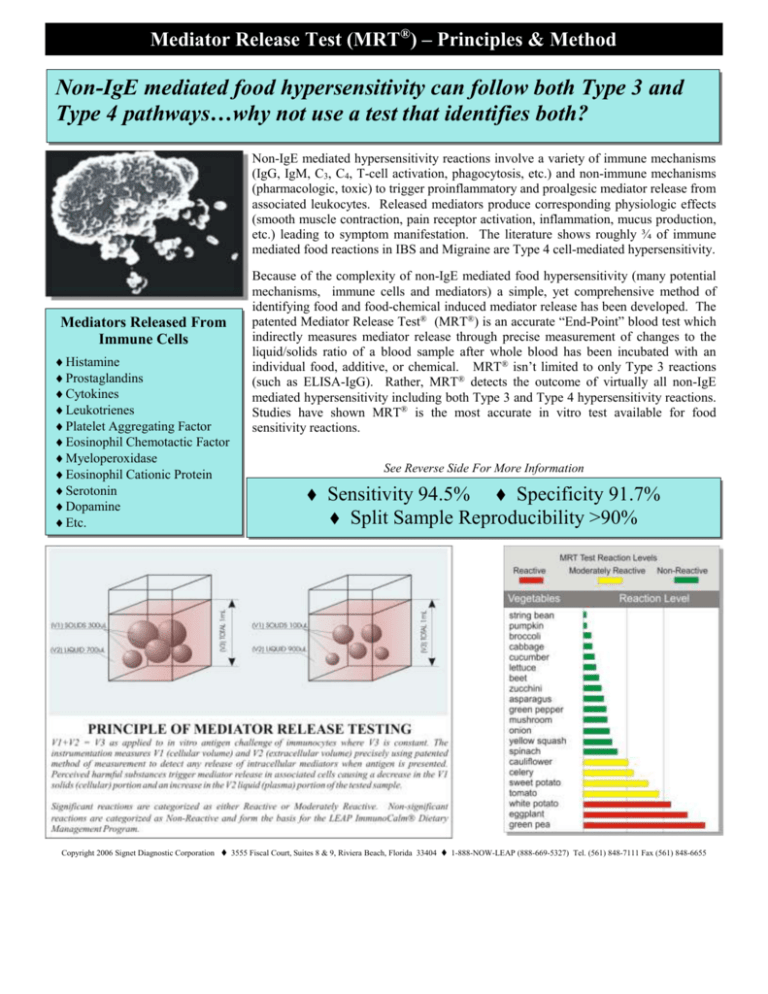
Mediator Release Test (MRT®) – Principles & Method Non-IgE mediated food hypersensitivity can follow both Type 3 and Type 4 pathways…why not use a test that identifies both? Non-IgE mediated hypersensitivity reactions involve a variety of immune mechanisms (IgG, IgM, C3, C4, T-cell activation, phagocytosis, etc.) and non-immune mechanisms (pharmacologic, toxic) to trigger proinflammatory and proalgesic mediator release from associated leukocytes. Released mediators produce corresponding physiologic effects (smooth muscle contraction, pain receptor activation, inflammation, mucus production, etc.) leading to symptom manifestation. The literature shows roughly ¾ of immune mediated food reactions in IBS and Migraine are Type 4 cell-mediated hypersensitivity. Mediators Released From Immune Cells Histamine Prostaglandins Cytokines Leukotrienes Platelet Aggregating Factor Eosinophil Chemotactic Factor Myeloperoxidase Eosinophil Cationic Protein Serotonin Dopamine Etc. Because of the complexity of non-IgE mediated food hypersensitivity (many potential mechanisms, immune cells and mediators) a simple, yet comprehensive method of identifying food and food-chemical induced mediator release has been developed. The patented Mediator Release Test® (MRT®) is an accurate “End-Point” blood test which indirectly measures mediator release through precise measurement of changes to the liquid/solids ratio of a blood sample after whole blood has been incubated with an individual food, additive, or chemical. MRT® isn’t limited to only Type 3 reactions (such as ELISA-IgG). Rather, MRT® detects the outcome of virtually all non-IgE mediated hypersensitivity including both Type 3 and Type 4 hypersensitivity reactions. Studies have shown MRT® is the most accurate in vitro test available for food sensitivity reactions. See Reverse Side For More Information Sensitivity 94.5% Specificity 91.7% Split Sample Reproducibility >90% Copyright 2006 Signet Diagnostic Corporation 3555 Fiscal Court, Suites 8 & 9, Riviera Beach, Florida 33404 1-888-NOW-LEAP (888-669-5327) Tel. (561) 848-7111 Fax (561) 848-6655 MRT is Accurate 94.5% Sensitivity 91.7% Specificity Pediatryczny, 1997, Supplement 1, 61-65 MRT TEST - NEW GENERATION OF TESTS FOR FOOD HYPERSENSITIVITY IN CHILDREN AND ADULTS Kaczmarski Maciej, Pasula Mark, Sawicka Ewa, Werpachowska Irena. III Children Clinic, University of Bialystok Medical School. Signet Diagnostic Corporation Background: An assessment of the diagnostic usefulness of the new Mediator Release Test (MRT) for isolating staple food intolerance/sensitivity was performed. Methods: 21 children between the ages of 2 to 5 years previously seen and treated in the allergy center for confirmed hypersensitivity to cow's milk were tested for cell mediated hypersensitivity reactions to the main milk fractions separately, as were (6) clinically asymptomatic control subjects. The novel feature of the newly developed MRT test is the claimed ability to detect cellular reactions (granulocytes, lymphocytes, phagocytes and blood platelets) to food antigens using a new proprietary in vitro method. The method is employed to detect movement of any intracellular mediators to the extracellular compartment in response to antigen challenge. The method does this by determining “plasma volume differential” between all circulating immunocytes and plasma before and after in vitro antigen challenge. Results: The MRT method yielded a sensitivity of 94.5 percent. Also, through analysis of the data stream, it was determined that the most frequent reactions in the subjects were to alpha-lactoalbumin in 85.7 percent, beta-lactoglobuline in 66.7 percent, whey proteins in 57.1 percent and casein in 47.6 percent. It was demonstrated that differentiated cell types were involved in the reactions to antigen challenge with the following frequency: Lymphocytes 38.5%; Granulocytes 47.5%; “mixed reaction” (combination of Lymphocytes and Platelets) 14%. In the control group all assays were negative except a modest response to the fraction of alpha-globulin (16.6%) in one control subject and the beta-globulin (16.5%) in another subject. Conclusions: These results suggest that the MRT method will likely be useful in identifying cell-mediated food intolerance/hypersensitivity reactions and implementing dietary modifications for symptomatic relief from non-IgE reactions to offending foods. MRT Differentiates Between Symptomatic and Asymptomatic Populations Excerpted from Particle Size Measurement in Suspensions, Part 2: An in vitro procedure for screening adverse reactions to foods and chemicals, Pasula M, American Clinical Laboratory, Vol. 18 Number 9, October 1999, P.14-15 “In assessing the hypothesis of the MRT, one needs to determine whether measurement of such volumetric changes differentiates populations of individuals. Accordingly, if one tests a population of clinically asymptomatic patients, the percentile differential between the plasma control baseline and the level of the test samples should be significantly smaller than the same differential between the control baseline and the sample level from a clinically symptomatic population. To identify MRT baseline level differentials (normal and abnormal values) for healthy and symptomatic populations, 40 University of Miami (Miami, Florida) football players were selected to undergo the 50 food and chemical MRT analysis (Table 3). Twenty players represented the asymptomatic, negative population. This group reported no symptoms, no personal history, and no family history of allergic disorders. Another 20, with symptoms and family history, were assigned to the symptomatic group.”


